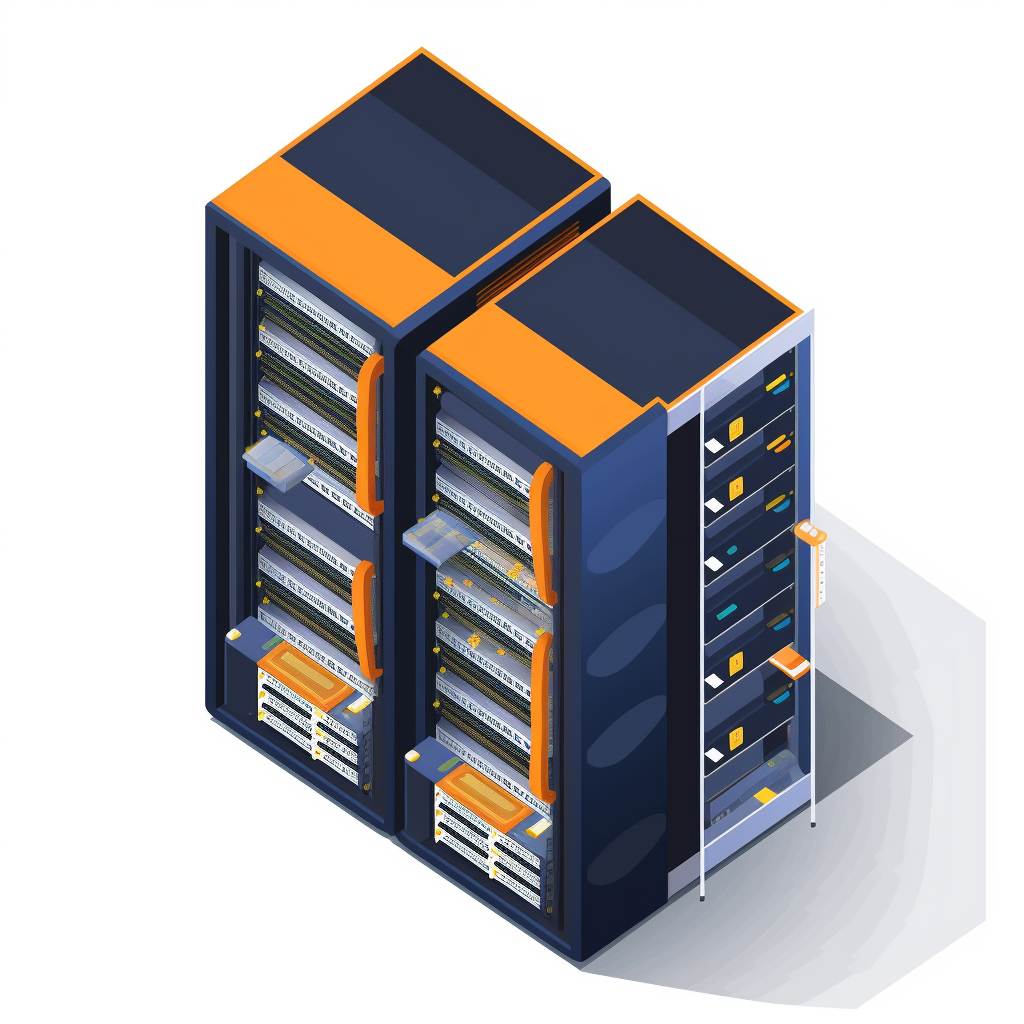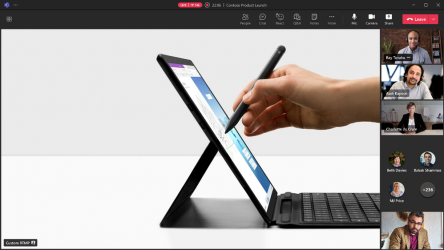How Do You Manage Alerts in Network Monitoring Systems?
Effective alert management within network monitoring systems is pivotal for pre-empting problems and sustaining smooth network operations. A robust alert system is indispensable while using intricate networks and facing persistent cyber threats.
Network monitoring solutions provide a variety of alerting mechanisms. Customizable dashboards furnish real-time insight into network components and performance metrics. These dashboards facilitate swift anomaly detection, simplifying issue identification.
Furthermore, amalgamating application performance monitoring augments system insight. By setting specific thresholds and rules, breach alerts prompt immediate intervention. This alerting mechanism ensures any issues are found and can be promptly resolved.
Integral to alert management is server monitoring. Server tracking gauges CPU usage, memory utilization, and disk space availability. Configuring alert rules based on these metrics makes real-time notifications for server issues possible.
Effectively managing alerts bolsters network availability and performance. Tailored dashboards, integrated application performance monitoring, and adept server tracking collectively preempt potential issues, averting critical network infrastructure problems.
How Does Bandwidth Affect the Network Monitoring Systems?
Bandwidth significantly influences the efficiency and precision of network monitoring systems. Adequate bandwidth is pivotal for seamless data transfer and real-time performance insights within network connections.
Insufficient bandwidth leads to data delays and losses, impeding the monitoring system’s efficacy in identifying and resolving issues. This is crucial for large networks or data-intensive organizations.
Limited bandwidth hampers information flow, causing missed alerts and delayed responses. It also slows data processing, hindering issue detection and resolution.
Investing in high-bandwidth solutions enhances monitoring efficiency. Our expert technicians are available to assess your company’s needs and determine the ideal bandwidth for optimal performance.










































